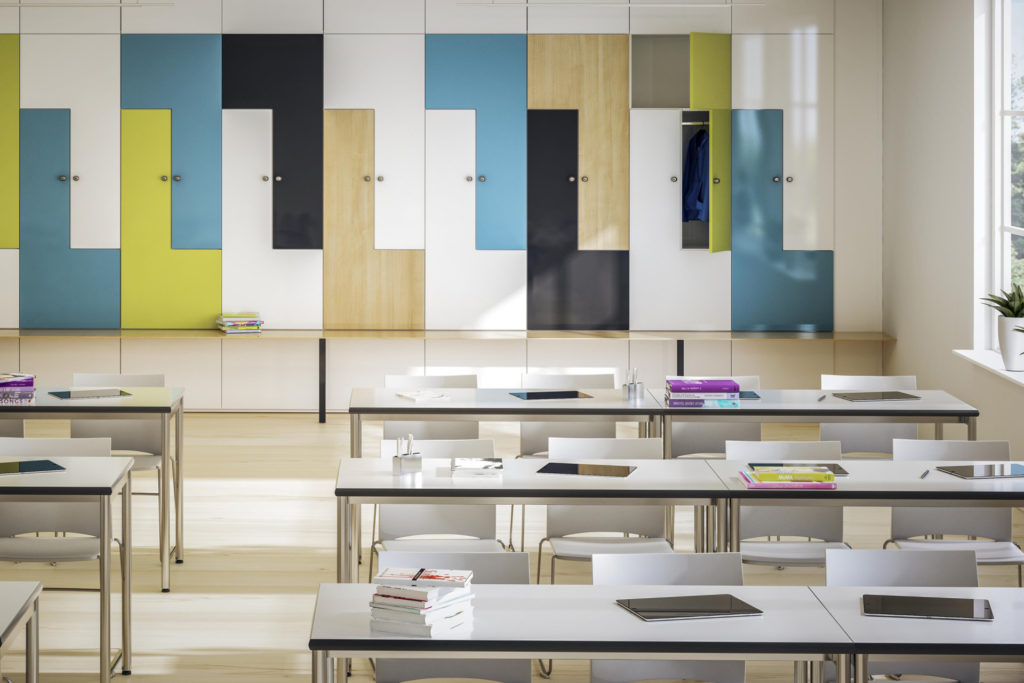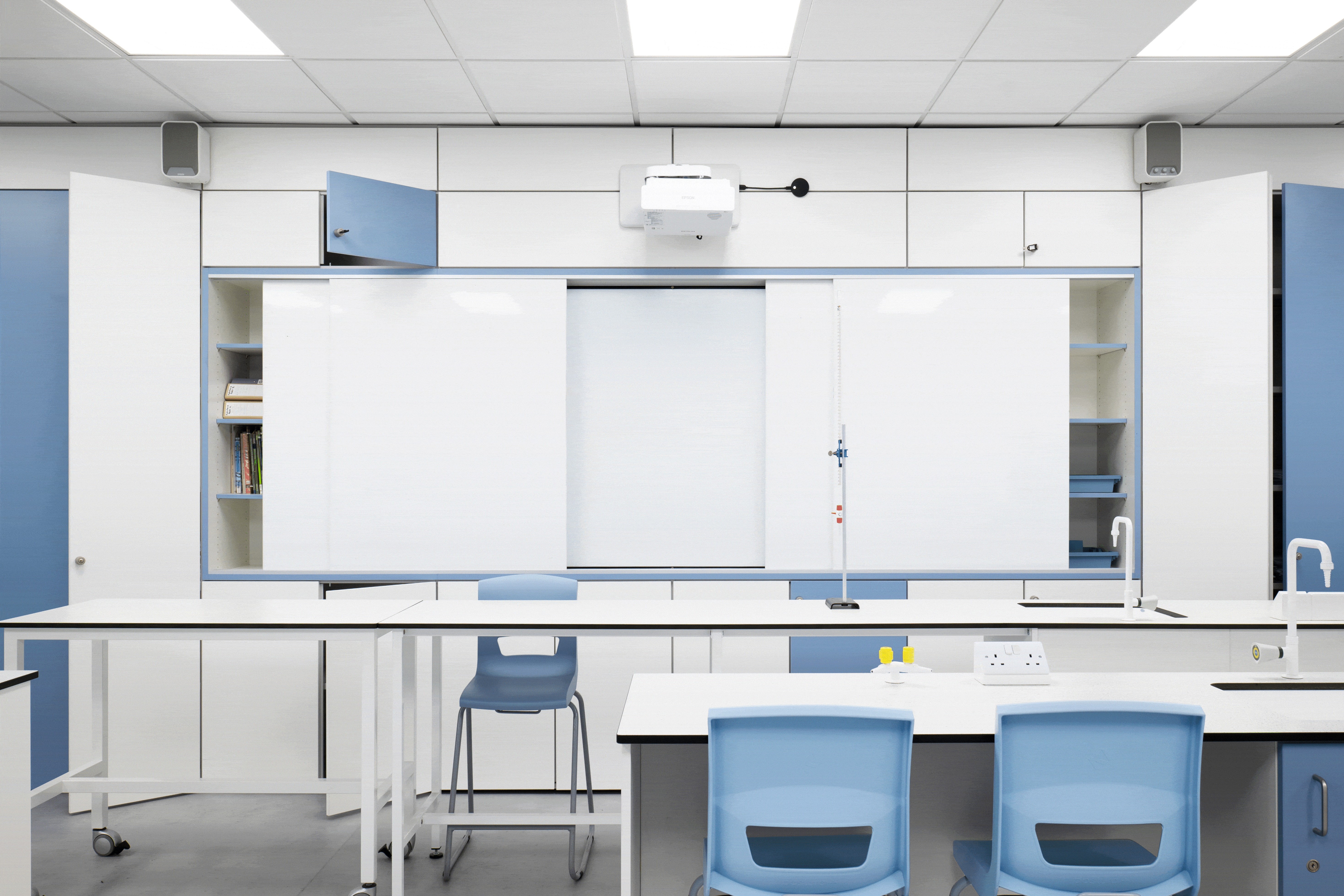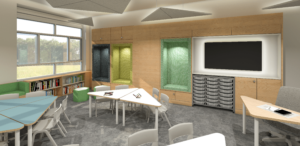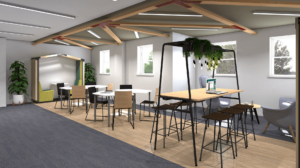In the quest to obtain a perfect learning environment, efforts in the classroom can sometimes portray a muddled message. It is all too easy to over-decorate a room, or conversely, neglect important areas of space.
Spending quality time assessing and thoroughly understanding the impact of the environment, whilst taking the necessary steps to increase positive learning experiences, is crucial. A carefully considered classroom can have a dramatic impact on overall teaching proficiency.
The classroom as the third teacher
According to eminent educator Loris Malaguzzi, founder of the Reggio Emilia classroom, the learning environment should be at the centre of every educator’s vision. Malaguzzi’s years of research suggest that experiential learning and self-directed tasks in a relationship-driven environment allows children to flourish academically and thrive in fields of creativity and self-expression. Such is the importance of the school environment, Malaguzzi refers to the classroom as the ‘third teacher’. Heavy emphasis is placed on thelayout of the setting, with the aim of creating regular opportunities for communication, collaboration, and exploration.
In such situations, every resource that exists in the sphere is well-considered and deliberately chosen to provoke and foster skills of thinking, questioning, and creativity. Nothing is brought into the classroom without a clear and uniquely defined purpose.
It’s not just the children who benefit
This should come as no surprise, but as we move through a variety of professional landscapes, we all feel the effect of the environment on our physical and emotional being. Detailed studies have shown that the surroundings have a heavy bearing on our physical and mental state, so school buildings should be inspiring and satisfying places in which to spend time.
A bit of Science, Salford University’s findings on the effect of the environment
A study conducted by researchers from Salford University found that a massive 75% of the variation in pupil’s performance could be directly attributed to the learning environment. The most prominent influencing factors included lighting, air quality, and the presence of colour. Perhaps most revealing is the sensitivity to illumination and the effect that this has on children’s concentration. Salford University discovered that the presence of fluorescent lighting was strongly linked to episodes of hyperactivity and often presented difficulty for pupils attempting to engage with lessons. As a result, it’s beneficial to not only consider the light sources within a room but also how the glare is reflected within a space. Gleaming, colourful surfaces may look nice, but they are not necessarily suited to a class full of eager students.
Bespoke design
So, how can this be applied to a modern school? By using intelligent design. Bespoke packages involve thinking carefully about every single element of the classroom. It may sound trivial, but the smallest of details can have the largest results. Taking the time to carefully consider exactly who will be using each individualspace means the designers can configure a layout directly for the intended purpose.
Be mindful of the senses, both physical and emotional
Each element of the design should be sympathetic to the senses of those using the facilities. Fundamentally, they must be suitable places to work. But don’t let the process cease once the layout of the furniture has been decided upon. Contemplate the materials being used, the temperature of the room, the smell, feel and aesthetics of the whole project. Intelligent designs hould stimulate and tantalise the senses, not impede and hinder emotions.Let quality design set the toneA well-designed classroom will serve as a showreel for a school’s vision. Actively engaged children, decisively learning in a purpose-built environment, will inspire all those who enter the building. The overarching design of the teaching spaces should set the precedent for the culture of the school community, so be sure to place design intelligence at the forefront of any development plan.



